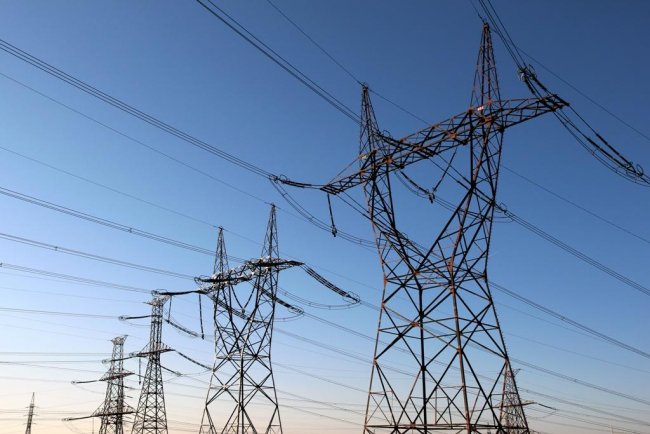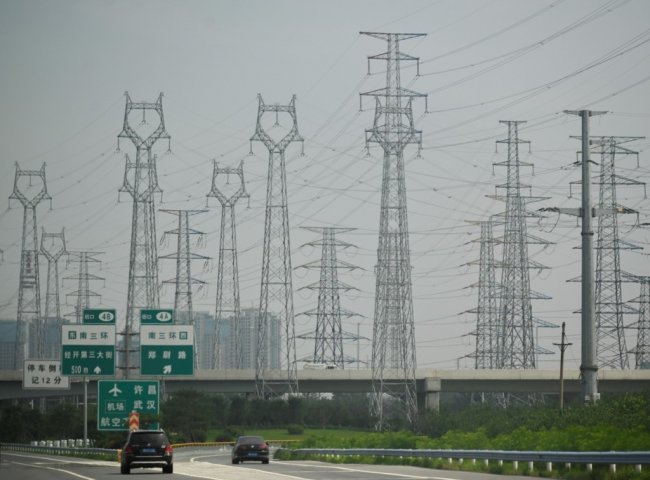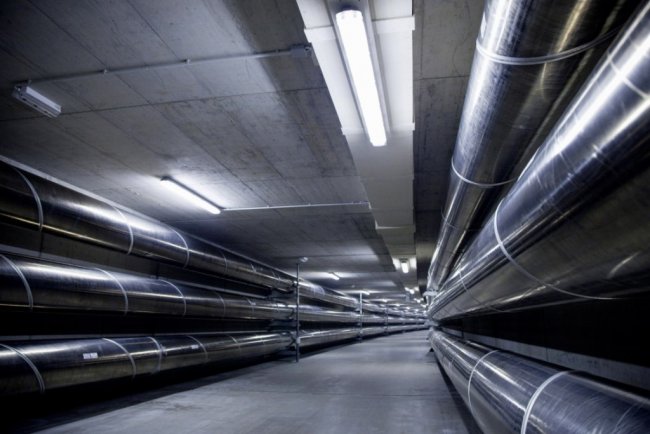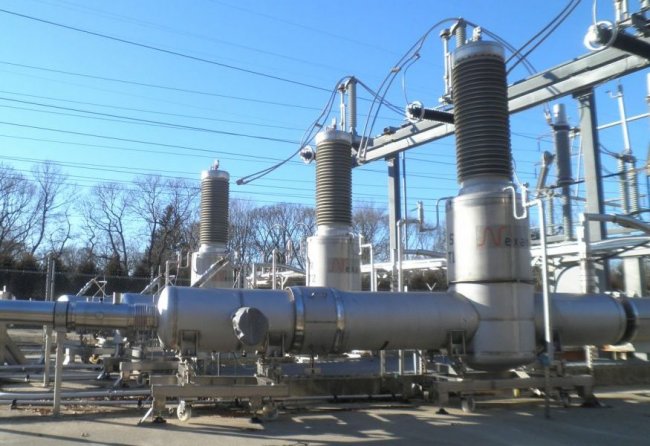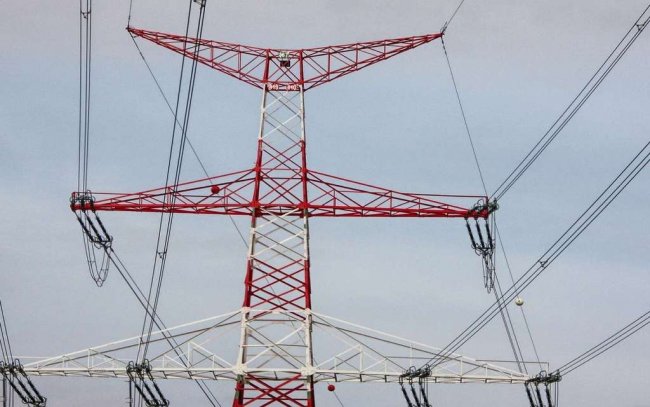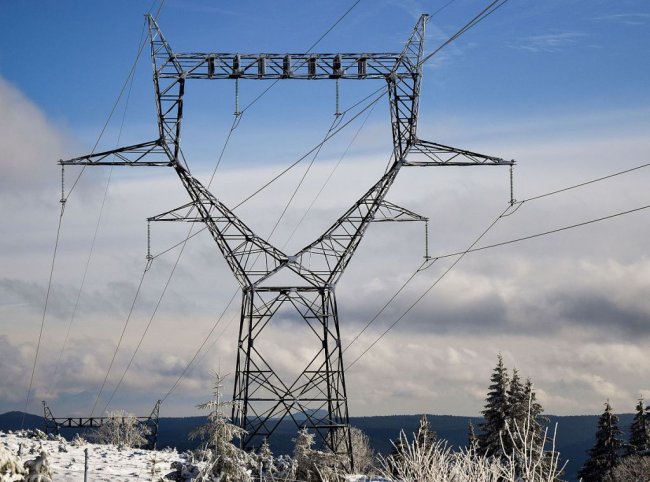Technical advances in electricity transmission, modern overhead and cable power lines
For the creation of power lines, the most effective technology today is the transmission of electricity by overhead lines with direct current at ultra-high voltage, the transmission of electricity by underground gas-insulated lines, and in the future - the creation of cryogenic cable lines and the transmission of energy at ultra-high frequencies by waveguides.
DC lines
Their main advantage is the possibility of asynchronous parallel operation of power systems, a relatively high throughput, a reduction in the cost of the actual lines compared to a three-phase AC transmission line (two wires instead of three and a corresponding reduction in the size of the supports).
It can be considered that the mass development of direct current transmission lines with a voltage of ± 750 and further ± 1250 kV will create conditions for the transmission of large amounts of electricity over extremely long distances.
Currently, most of the new superpower and superurban transmission lines are built on direct current.The real record holder in this technology in the 21st century — China.
Basic information on the operation of high-voltage direct current lines and a list of the most important lines of this type in the world at the moment: High Voltage Direct Current (HVDC) lines, completed projects, advantages of direct current
Gas-insulated underground (cable) lines
In a cable line, due to the rational arrangement of the conductors, it is possible to significantly reduce the resistance of the wave and by using gas insulation with increased pressure (based on «SF6») to achieve very high permissible gradients of the electric field strength. As a result, with moderate sizes, there will be quite a large capacity of underground lines.
These lines are used as deep entrances in large cities, as they do not require alienation of the territory and do not interfere with urban development.
Power cord details: Design and application of oil and gas filled high voltage cables
Superconducting power lines
Deep cooling of conductive materials can dramatically increase the current density, which means that it opens up great new possibilities for increasing transmission capacity.
Thus, the use of cryogenic lines, where the active resistance of the conductors is equal to or almost equal to zero, and superconducting magnetic systems can lead to radical changes in traditional electricity transmission and distribution schemes. The carrying capacity of such lines can reach 5-6 million kW.
For more details see here: Application of superconductivity in science and technology
Another interesting way to use cryogenic technologies in electricity: Superconducting Magnetic Energy Storage Systems (SMES)
Ultra high frequency transmission through waveguides
At ultra-high frequencies and certain conditions for implementing a waveguide (metal pipe), it is possible to achieve relatively low attenuation, which means that powerful electromagnetic waves can be transmitted over long distances. Naturally, both the transmitting and receiving ends of the line must to be equipped with current converters from industrial frequency to ultrahigh and vice versa.
The predictive assessment of the technical and cost indicators of high-frequency waveguides allows us to hope for the feasibility of their use in the foreseeable future for high-power energy routes (up to 10 million kW) with a length of up to 1000 km.
An important direction of technical progress in the transmission of electrical energy is, above all, the further improvement of traditional methods of transmission with alternating three-phase current.
One of the easily implemented ways to increase the transmission capacity of the transmission line is to further increase the degree of compensation of its parameters, namely: deeper separation of the conductors by phase, longitudinal coupling of capacitance and transverse inductance.
However, there are a number of technical limitations here, so it remains the most rational method increasing the nominal voltage of the transmission line… The limit here, according to the conditions of the insulating power of air, is recognized as a voltage of about 1200 kV.
In the technical progress in electricity transmission, special schemes for the implementation of AC transmission lines can play an important role. Among them the following should be noted.
Adjusted lines
The essence of such a scheme is reduced to the inclusion of transverse and longitudinal reactance in order to bring its parameters to a half-wave. These lines can be designed for transit transmission of power of 2.5 — 3.5 million kW over a distance of 3000 km. The main disadvantage is the difficulty in making intermediate selections.
Open lines
The generator and the consumer are connected to different wires at some distance from each other. The capacitance between the conductors compensates for their inductive resistance. Purpose — transit transmission of electricity over long distances. The disadvantage is the same as with tuned lines.
Semi-open line
One of the interesting directions in the field of AC transmission line improvement is the adjustment of transmission line parameters in accordance with the change in its operating mode. If an open line is equipped with self-tuning with a rapidly adjustable reactive power source, then a so-called semi-open line is obtained.
The advantage of such a line is that at any load it can be in optimal mode.
Power lines in deep voltage regulation mode
For AC transmission lines operating on a sharply uneven load profile, simultaneous deep voltage regulation at the ends of the line in response to load changes may be recommended. In this case, the parameters of the power line can be selected not according to the maximum power value, which will make it possible to reduce the cost of energy transmission.
It should be noted that the special schemes described above for the implementation of alternating current power lines are still at various stages of scientific research and still require significant refinement, design and industrial development.
These are the main directions of technical progress in the field of electrical energy transmission.

